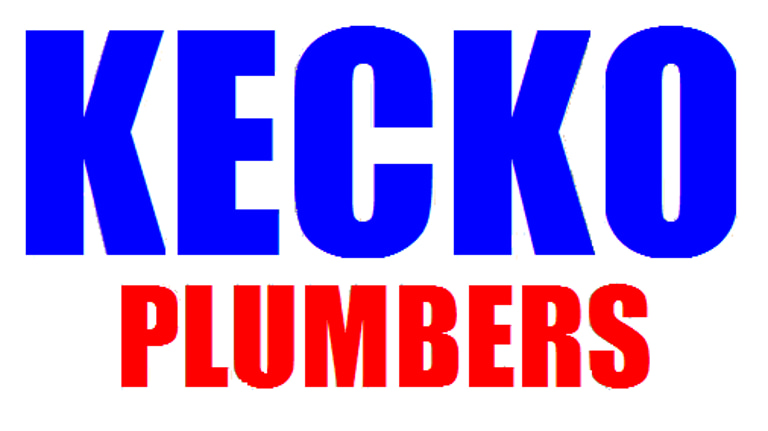TRENCHLESS TECHNOLOGY
Trenchless Technology Service and History
Trenchless technology has come a long way since its inception, and for the past nine years, our company has been at the forefront of this innovative field. Specializing in minimally invasive techniques for underground construction, we have transformed the way infrastructure projects are undertaken—focusing on efficiency, cost-effectiveness, and environmental sustainability. Since our establishment, we have dedicated ourselves to offering an array of trenchless solutions including horizontal directional drilling, pipe bursting, and cured-in-place pipe lining. These methods allow us to carry out essential repairs and installations without the need for extensive excavation, thereby reducing surface disruption and minimizing impact on the surrounding community. Our journey over the last nine years has been marked by continuous learning and adaptation to emerging technologies and industry standards. We've invested in state-of-the-art equipment and trained our personnel to ensure we provide high-quality services while adhering to rigorous safety protocols. This commitment has earned us a reputation for excellence among our clients, ranging from municipal agencies to large-scale commercial contractors. Achieving success in trenchless technology requires not only skill and precision but also a deep understanding of the unique challenges posed by different projects. Our team has tackled various scenarios, from urban environments with congested utility lines to rural areas where traditional methods would have caused significant environmental disruption. Each project has contributed to our collective expertise, enabling us to fine-tune our techniques and deliver solutions that are both innovative and effective. As we celebrate nine years in the business, we reflect on our milestones—every successful installation, every satisfied customer, and every challenge overcome. The evolution of trenchless technology continues, and we are excited to be part of this journey, pushing the boundaries further and exploring new possibilities. Our commitment to our clients and the environment remains steadfast as we look forward to the next chapter in trenchless innovation.
We started as a statement against the sloppy professional standards that dominated the field of construction services 20 years ago. We wanted to set a new, high standard and work as consultants, solving our client's problems.
The company quickly grew and cemented itself as the new golden standard in commercial construction. Today we continue to build on that legacy and strive for excellence in everything we do.
Trenchless Technology in Plumbing: A Modern Solution for Utility Installation and Repair In recent years, trenchless technology has emerged as a revolutionary method in the plumbing industry, transforming the way we approach utility installation and repair. This innovative technique allows for the construction, maintenance, and rehabilitation of underground infrastructure without the necessity of large trenches, minimizing disruption to the surface above. In this article, we will explore the principles of trenchless technology, its advantages, common applications, and what the future holds for this exciting field. ### What is Trenchless Technology? Trenchless technology refers to a range of methods used for installing, repairing, or replacing underground utility lines without the need for extensive excavation. This technique leverages advanced machinery and technology to create minimal surface disturbance, which can be particularly important in urban environments or areas with sensitive landscapes. Primarily used for water, sewage, gas, and electrical lines, trenchless methods include horizontal directional drilling (HDD), pipe bursting, and sliplining. Each technique has its own unique properties and fits different project requirements but shares the core principle of reducing the need for digging large trenches. ### The Advantages of Trenchless Technology The popularity of trenchless technology can be attributed to numerous advantages it offers over traditional excavation methods: 1. **Minimal Surface Disruption**: One of the most significant benefits of trenchless technology is that it reduces the disruption to roads, sidewalks, and landscapes. This is particularly beneficial in densely populated areas where excavation can cause traffic delays and accessibility issues. 2. **Cost-Effectiveness**: Although the initial investment for trenchless technology may be higher than conventional methods, the long-term savings are considerable. Reduced restoration costs, lower labor requirements, and shorter project timelines often result in overall cost savings. 3. **Speed of Installation**: Trenchless methods enable quicker installations and repairs. With less digging required, projects can often be completed in a fraction of the time compared to traditional techniques. 4. **Environmental Protection**: By minimizing the amount of disturbed earth, trenchless technology helps to preserve the local ecology. It reduces the potential for soil erosion and sediment disruption, making it a more environmentally-friendly option. 5. **Enhanced Safety**: With less open excavation, trenchless techniques pose fewer hazards to workers and the public. There is a reduced risk of accidents associated with large excavation sites and heavy machinery. ### Common Applications of Trenchless Technology Trenchless technology is versatile and has various applications across the plumbing industry: - **Installing New Utilities**: Whether it’s water, sewer, or gas lines, trenchless methods can be employed to install new utilities without disturbing the surrounding environment. - **Replacing Existing Pipes**: Trenchless methods such as pipe bursting allow for the replacement of old, damaged pipes with new ones without the need for extensive digging. - **Repairing Leaks**: Technologies like sliplining can reinforce existing pipes while preventing leaks, which is essential for maintaining water quality and efficiency in utility systems. - **Upgrading Infrastructure**: Municipalities can upgrade aging infrastructure more efficiently, ensuring that the systems are up to date with modern standards without extensive costs or disruption. ### The Process of Trenchless Installation The trenchless installation process typically involves several key steps, depending on the specific method used: 1. **Site Assessment**: Before any work begins, a thorough assessment of the site is conducted. This includes identifying existing utilities, soil conditions, and potential obstacles that may affect the installation. 2. **Planning**: Engineers design the best approach using trenchless technology, factoring in the type of installation and the materials to be used. 3. **Drilling or Inserting**: Depending on the method, the installation may involve horizontal directional drilling to create pathways for new utilities or using tools for bursting existing pipes to replace them. 4. **Installation**: The new pipes or utilities are then installed through the created pathways. This can be done in one continuous operation or in segments. 5. **Testing and Restoration**: Finally, the installed utilities are tested to ensure functionality, followed by minimal surface restoration, which often only requires patching up small access points. ### Future of Trenchless Technology As cities continue to expand and infrastructure ages, the demand for efficient, minimally invasive methods of utility installation and repair will only grow. Trenchless technology is poised for further advancements with the integration of smart technologies, such as sensors and robotics, which will enhance the precision and efficiency of operations. Additionally, ongoing research and development may lead to more environmentally friendly materials and techniques that lower the carbon footprint of construction projects. As the plumbing industry embraces these innovations, trenchless technology will undeniably play a pivotal role in shaping the future of infrastructure development. ### Conclusion Trenchless technology is a remarkable advancement in plumbing and infrastructure management, offering an efficient, affordable, and environmentally responsible way to install and repair utility lines. With its growing adoption across urban landscapes, the techniques and methods developed in trenchless technology will continue to evolve, ensuring that our cities maintain the vital services they rely on without compromising on convenience or safety. For homeowners and municipalities alike, investing in trenchless technology means embracing a future that prioritizes sustainability, efficiency, and innovative solutions.
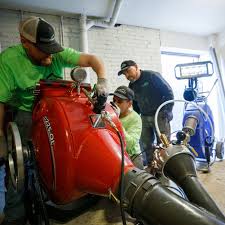
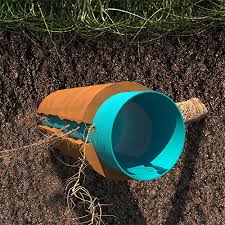
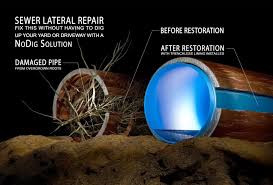
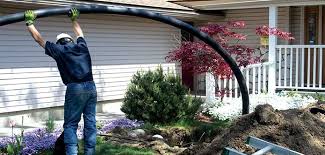
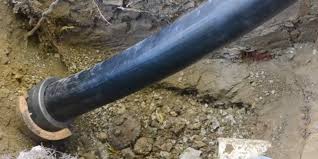
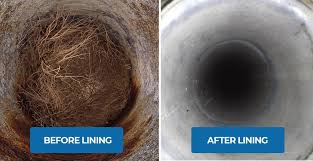
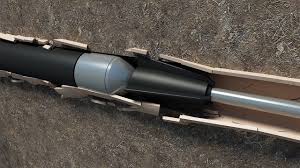
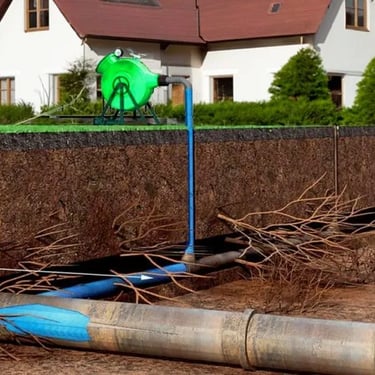
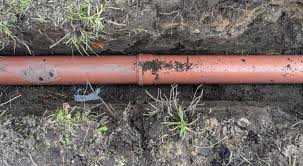
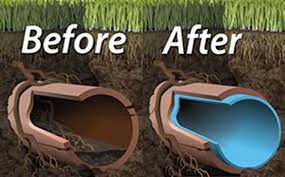
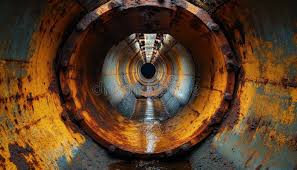
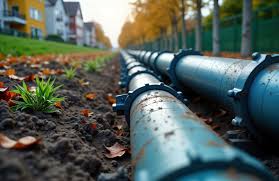




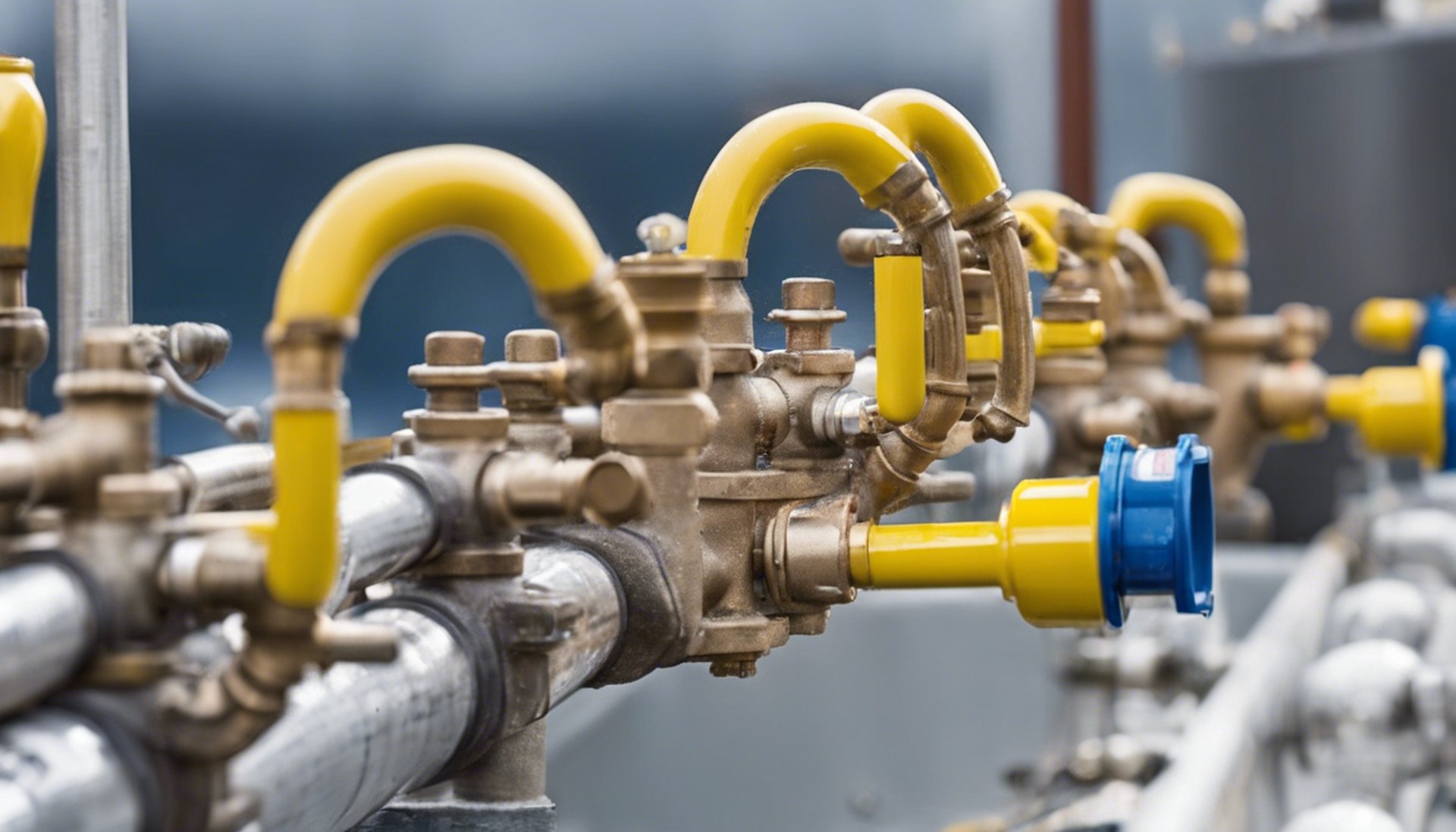
Back-flow Test
ASSE CERTIFIED
Open 24-hours, 7 Days a Week for Emergency Services
Non-emergency office Hours
Mon - FRI
8:00 am - 7:00 pm
Sat -
9:00 am - 1:30 pm
Sunday
Closed
CA License number: # 1016374
PLUMBER CA CERTIFIED BACKFLOW NUMBER : 54582
KECKO plumberS TEL phone: 951-505-3815
© 2016. All rights reserved.
LEAK DETECTION
DRAIN CLEANING HYDRO JETTING
Services BACKFLW TESTING HYDRO JETTING ,LEAK DETECTION, PLUMBING REPAIRS, WATER HEATERS AND MUSH MORE... Call us to''TODAY''
RIVERSIDE CA
